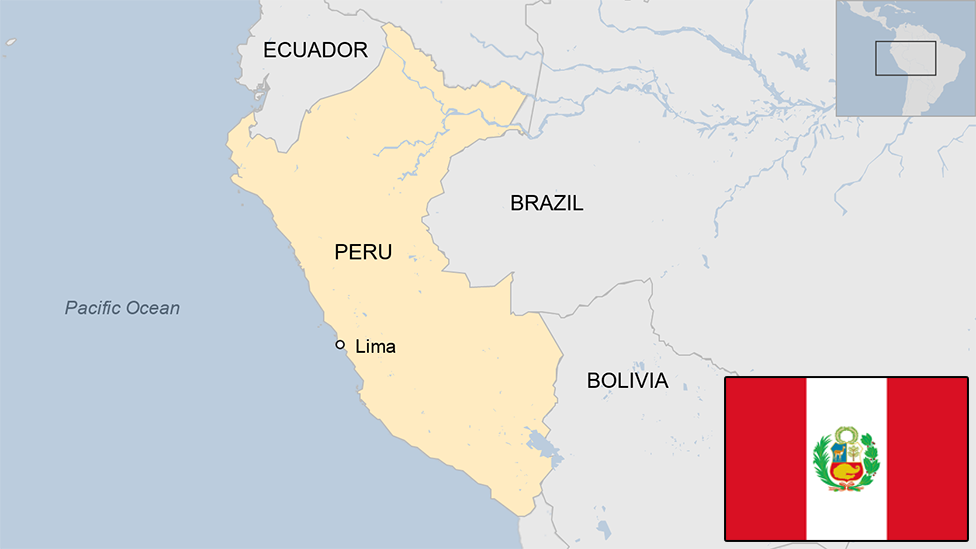Five things you need to know about Peru's election
- Published
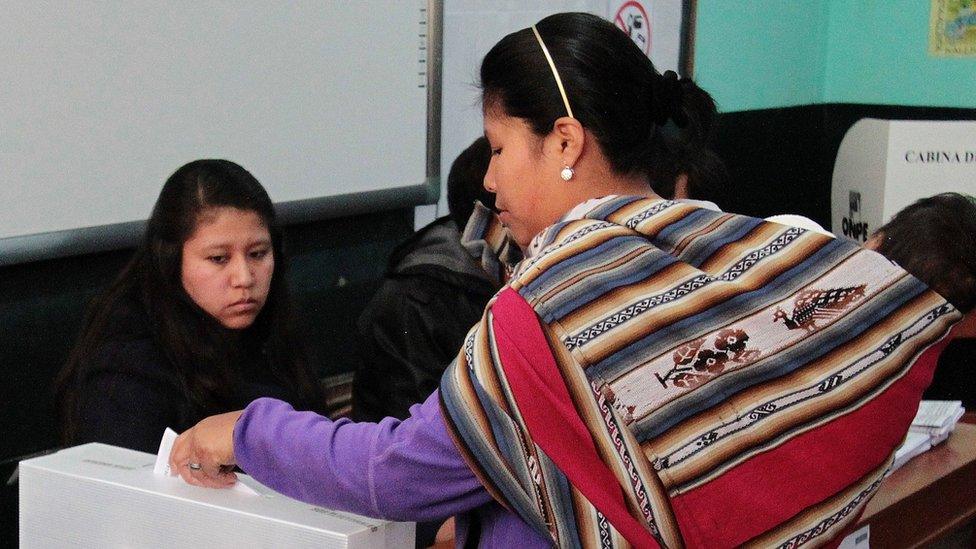
Sunday's run-off follows the first round of the presidential vote in May
Peruvians head to the polls on 5 June for the second round of the election for a new president to replace the incumbent, Ollanta Humala.
Here are five things you need to know about the election.
Who are the candidates?
There are two candidates in this round: Keiko Fujimori, 41, daughter of former President Alberto Fujimori - and Pedro Pablo Kuzcynski, 77, former finance minister to President Alejandro Toledo.
Before the first round, 19 candidates were standing, but some were excluded for breaches of electoral rules.
It's Keiko, not Alberto
Although opinion polls give Ms Fujimori a slight advantage over her rival, the ghost of her father could still tilt the scales either way.
Mr Fujimori is serving a lengthy jail term for human rights abuses and corruption, although his daughter has made several attempts to have the sentence suspended.
Yet there are still sections of the population who feel grateful to Mr Fujimori for having rid the country of the violence of the Shining Path guerrilla group.
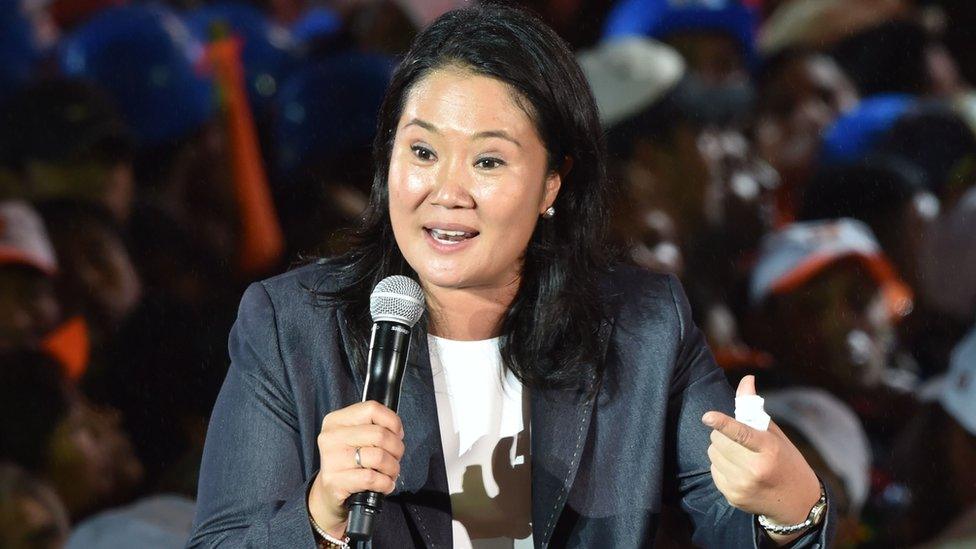
Ms Fujimori trades on the association with her father
During her campaign Ms Fujimori has struggled to differentiate herself from her father while, at the same time, pursuing similar policies.
Also, Fujimori supporters dominate Congress and this has made her opponents fear a return to the situation of the 1990s, when her father controlled Congress and the justice system as well as the presidency.
Thousands of Peruvians have taken to the streets to reject what Nobel Laureate and opposition supporter Mario Vargas Llosa saw as a possible "tragic step backwards" for the country - a return to the policies of Ms Fujimori's father, if she wins.
PPK - Pedro Pablo Kuczyinski
The other candidate is opposition figure Pedro Pablo Kuczynski, a former finance minister. His party is called Peruanos por el Kambio (Peruvians for Change) - spelled with a K to match his surname.
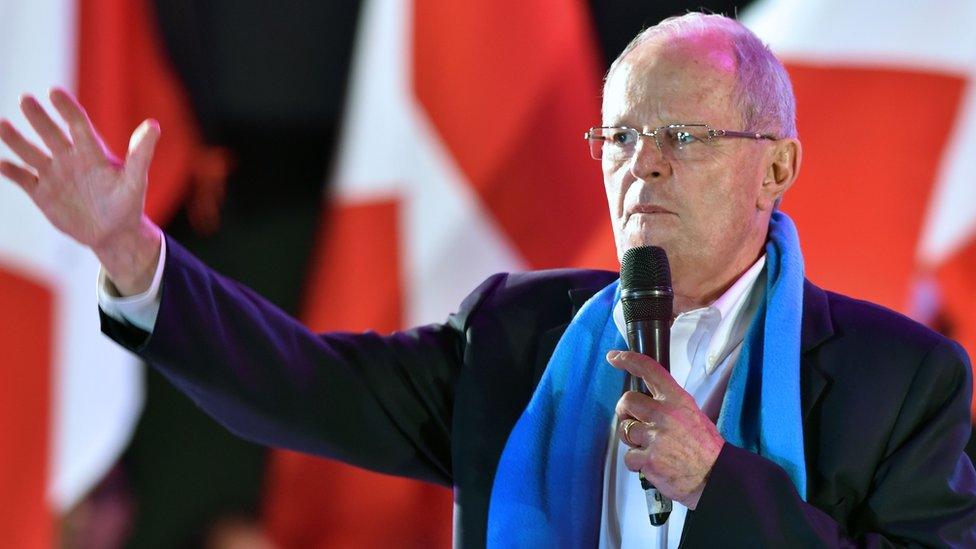
Mr Kuzcynski's age and links with the business elite may put off some voters
Mr Kuzcynski is supported by the main opposition forces, including prominent figures such as left-wing former candidate Veronika Mendoza as well as Mario Vargas Llosa.
His biggest problems in the campaign are his age - he is 77 - and his close relationship to Peru's business elite. In addition, he served as finance minister under an unpopular figure, Alejandro Toledo, who managed to get only 1.32% of the vote in the first round of this election.
Hot issues

Drug trafficking is a major election issue
Crime is the greatest worry for Peruvians. Increasing crime rates, including street robberies, murders and drug trafficking, have become a key issue in the election.
Ms Fujimori says she would "not hesitate to declare" a state of emergency to deal with crime, while Mr Kuzcynski has said there needs to be a "coherent plan to fight gangs and extortion".
On the economy, both candidates have promised to boost jobs for young Peruvians, increase productivity and diversify sources of income, for example tourism, mining and commerce.
The IMF has forecast growth of 3.7% for Peru this year, higher than Paraguay, Colombia or Chile.
The rise of the right
Both Ms Fujimori and Mr Kuzcynski are considered right-wing candidates: they support an open market, are calling for cuts in government subsidies and higher foreign investment. This is a trend in Latin America, where left-leaning governments are giving way to more right-wing ones.
The only left-wing candidate in the first stage of the election, Veronika Mendoza, failed to get through to the second round. She has now pledged her support for Mr Kuzcynski, although she said she would "remain vigilant" if he won.
BBC Monitoring, external reports and analyses news from TV, radio, web and print media around the world. You can follow BBC Monitoring on Twitter , externaland Facebook, external.
- Published11 April 2016
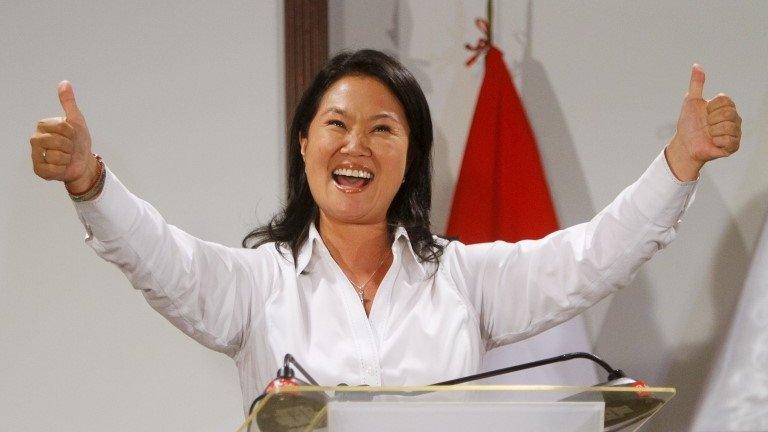
- Published9 April 2016
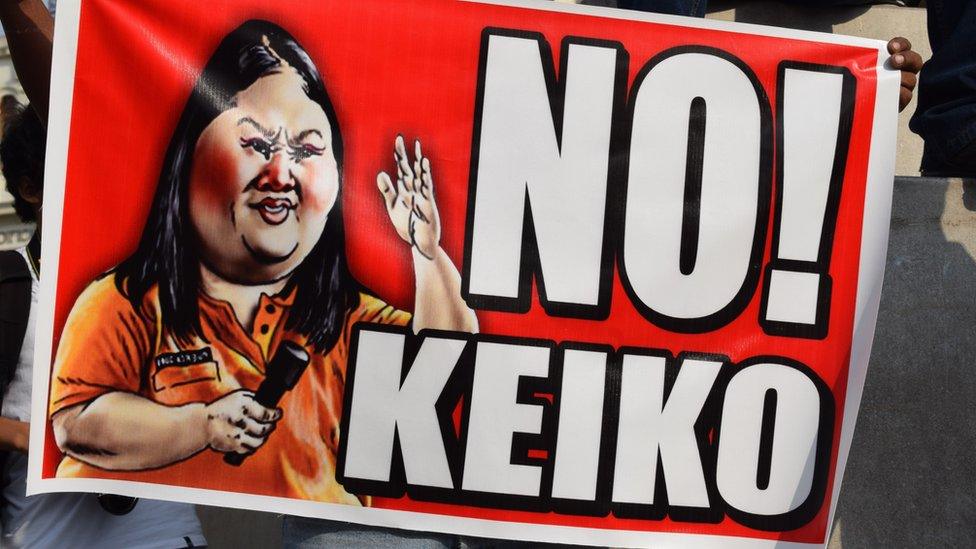
- Published9 March 2016

- Published4 September 2023
